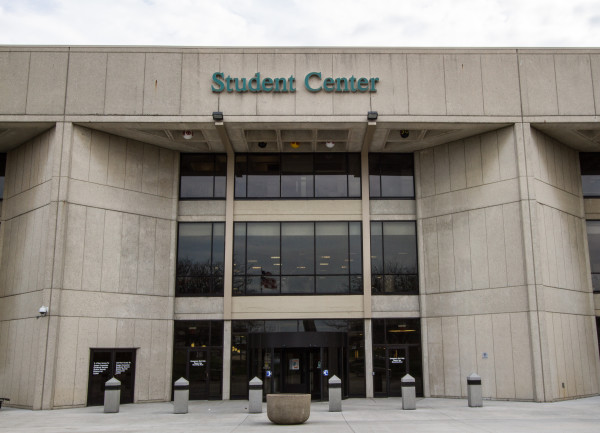By MADI TORTORA
Staff Writer
Remember, in elementary or maybe even middle school, when teachers had to warn parents before their children were shown what they considered “graphic” media in the classroom? A “trigger warning” is a similar way that many college professors get across to their students that a potentially harmful, negative, or triggering topic may be discussed and/or shown in their classrooms.
According to the Rape, Abuse, and Incest National Network, otherwise known as RAINN, women 18-24 who are enrolled in college are three times more likely than women in general to suffer from sexual violence, and only 20 percent of female student survivors in the same age range report to law enforcement. Although it is less acknowledged, college-aged men are also at a high risk for sexual violence. Also according to RAINN, male college aged students are 78 percent more likely than non-students to be a victim of rape or sexual assault. So with these statistics about college-aged students, where does this idea of “trigger warnings” have an affect?
A student who has experienced sexual violence is more likely to experience post traumatic stress disorder and depression, and is also more likely to abuse drugs and alcohol. Pairing this with the fact that many victims have not reported to law enforcement and have not had any sense of relief or justice, it becomes easier and easier for them to grow into volatile people.
Trigger warnings provide students with the comfort that their teacher can and will warn them when something potentially triggering can arise in their curriculum. In a classroom environment, it is helpful to use trigger warnings not only for students, but for teachers as well. Because of many of the mental issues that come with being a victim of sexual violence, PTSD being one of them, triggering images and topics of conversation can be harmful to a student’s ability to learn and focus.
Continuing to use PTSD as an example, a common symptom of it is panic attacks. Panic attacks cause labored breathing, dizziness, nausea, and a feeling of being disoriented. For many people who experience PTSD, vivid images and reminders bring back memories of major trauma and can send people into these panic attacks, not allowing them to focus. It is potentially counterproductive for teachers to not use these trigger warnings, because a student who is also a victim can easily lose focus and become panic stricken, causing them to not complete their work on time, or even at all.
Critics of trigger warnings in a school environment believe professors are coddling students, and the students who request trigger warnings are essentially infantile and incapable of handling “the real world.” In contrast, professors who believe in trigger warnings and their positive effects on the student body continue to put them in their syllabuses and vocally announce them not only to warn the students, but allow them to better prepare themselves and potentially better manage their reaction.
As a teacher, adding a simple sentence at the beginning of a potentially triggering movie, or adding the warning at the beginning of a syllabus is truly not going to be a massive change in the good old classroom routine. However, this small warning may make a massive change in the way a victim, who may even be scared to even attend school, may see the classroom environment, and could even potentially save a life. Teachers are told not to talk about religion in school because of the ability to spark issues in the classroom. Why should this be looked at any differently?
As Kate Manne, an assistant professor of philosophy at Cornell University, states in her essay for the New York Times, “There is no formula for this, just as there is no formula for designing classes, for successful teaching and meaningful communication with students. As teachers, we use our judgment and experience to guide our words and actions in the entire act of teaching.”

